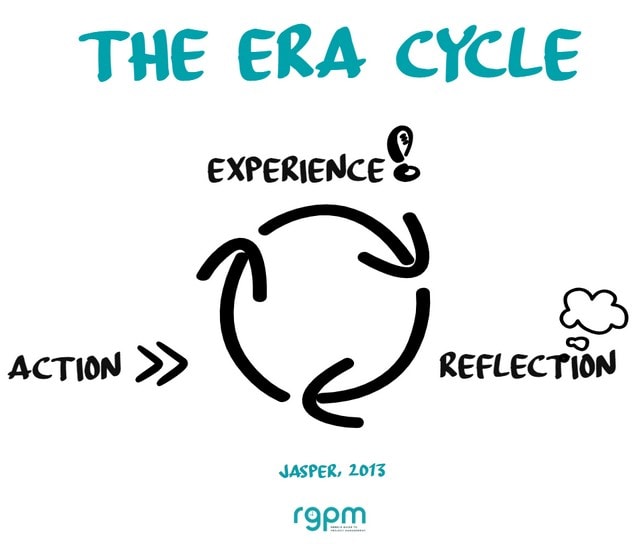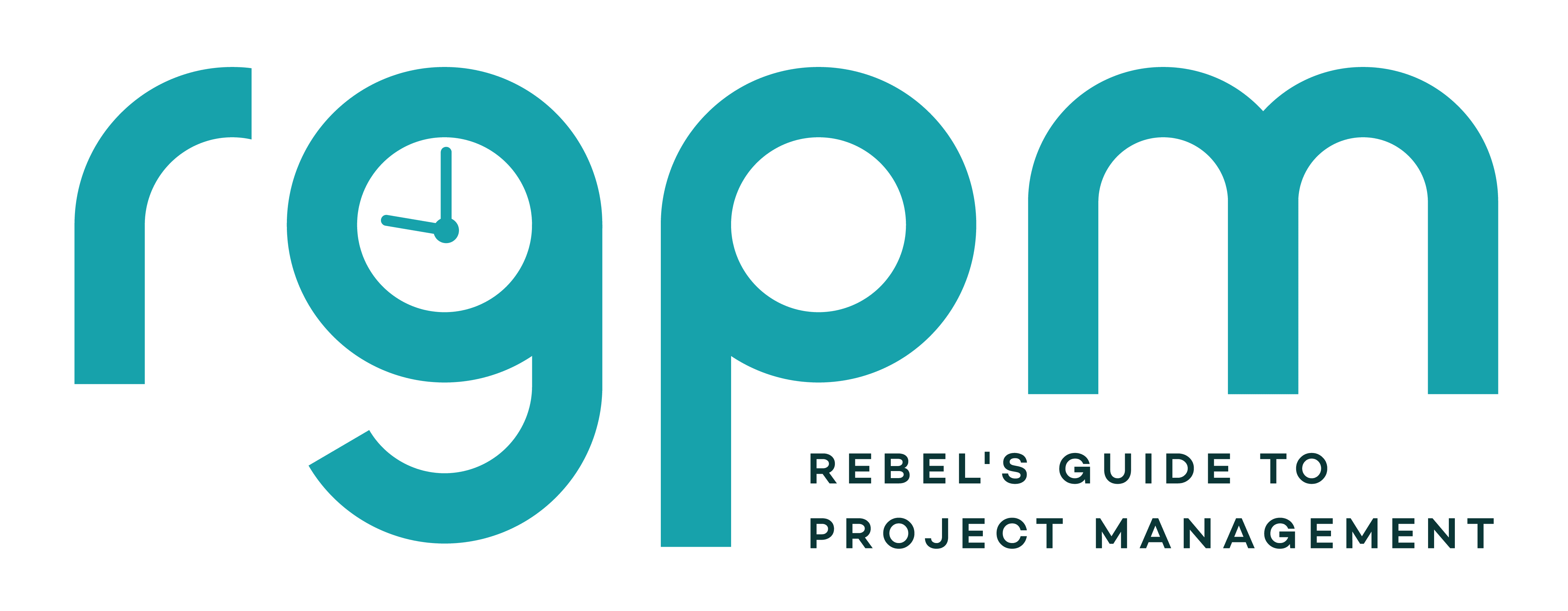Reflective practice on projects: 7 models to try
Reflective practice is something that project managers do regularly, although you might not label it as that.
We often take a reflective approach to project performance through the processes of lessons learned or retros. And you might do personal reflections as part of the performance review process, or 360-degree feedback.
What does the Body of Knowledge say about reflective practice?
The APM Body of Knowledge 7th Edition does not refer to any one particular model of reflection or theory. Instead, it discusses the need for practitioners to be reflective (section 3.3.6) through a range of techniques that support continuing professional development.
In particular, the BoK points out that reflective practitioners do not wait for knowledge to be presented to them; they seek it out from learning opportunities that arise during daily experiences and work.
There are some great theories and techniques for that support personal growth and evaluating experience that are relevant to the workplace and in this article I’m going to share a few of my favorites.

1. Kolb
The next model of reflection, and the one I use most, is Kolb. Kolb’s cycle of reflective practice is based on four stages, aimed at helping you deconstruct an experience to learn from it.

The stages are:
1. Concrete experience: You experience something, for example an issue at work. I believe it helps to write the experience down or describe it to someone so that you have a clear recollection of what happened.
2. Reflective observation: Consider the feelings this experience brought up. This can be related to skills and past experiences you have (or don’t have).
3. Abstract conceptualism: In this step you do the learning. It’s the lightbulb moment; the opportunity to form takeaways that come from the analysis of the situation. This could involve thinking through different paths not taken that might be worth doing next time this situation arises.
4. Active experimentation: The learning is put into practice when the situation arises again. The theoretical and thinking stages are turned into experiential learning, practice and action.
Step 4 creates a new experience as different actions are taken (or the same actions are taken if they were successful). It’s a cyclical model and the cycle begins again as reflection on the new experience continues.
You can use the reflective process to consider your own contribution as a project manager and make changes to your future actions.
2. Peer-to-peer
Peer reflection is talking to other people who have similar experiences and roles to you (peers) about a situation. It’s quite a wide-sweeping description of the conversations we have in the workplace every day for example, chats with my manager or other project managers.
The reflection aspect is using the time with a colleagues to specifically discuss a particular event and think through what came from that. for example, it could be sharing good practice and providing tips to someone else, or it could be asking for an opinion of what could have been done differently.
Peer reflection could happen one-to-one (like mentoring, or a meeting with your manager) or it could happen as a group (a facilitated conversation or a team meeting).
The experience of talking and sharing about a situation is how the learning happens. Even if the person says nothing much of value back and really acts in the capacity of listener, the act of thinking through the situation in a way that allows you to describe it and consider it fully is where the learning can happen.

3. Kirkpatrick
Kirkpatrick is a 4-level evaluation model, created by Dr Donald L. Kirkpatrick in the 1950’s. It was based on work by Dr Raymond Katzell and applied to a workplace environment. It is a way of evaluating the effectiveness of training classes, using reflective learning to uncover what behaviour change and results are seen after a delegate has attended training.
Level 1: How relevant, favourable and engaging delegates find a training course.
Level 2: How much learning is taken away from the training course in terms of knowledge and skills but also confidence and commitment to what they have learned.
Level 3: Back at base, how much of the learning is applied to their day job.
Level 4: What results are achieved as a direct follow through from the delegate attending the training and applying it at work.
Kirkpatrick seems to me that it would be best in situations where there is formal training taking place so you could use it to inform how you support a colleague who is doing project management certification or an apprenticeship. Ask them about how they will translate what they learned in the classroom or on their course into action at work.
4. Boud
Boud is the simplest of the models I have looked at so far. It covers experience, reflection and learning so only has three steps in the cycle, with the expectation that at each step you can move forwards or backwards depending on what is required.
It’s not very didactic in that there is little detail on what to do at each step, but I like that – what to do at each step might look very different for each experience and each individual may prefer to reflect and learn in different ways.
There is little point in me requiring a mentee to create a written description of an experience, for example, if they are a visual thinker who would prefer to draw out a timeline.
At the reflection step we should be reflecting on what happened with the knowledge of hindsight or more up-to-date information, and that’s a useful step to specifically call out.
When I facilitate a lessons learned meeting, this cycle is the closest to the experience I try to facilitate in those sessions for people.
Other reflective cycles
I found a resource from the University of Hull that described other reflective models:
Schon (1991) is different from the other models as it prompts you to think about reflection during the event and reflection after the event and how these are different. In a project setting, and in mentoring, we would often have time to reflect during the event by taking a pause to consider what to say next.
Rolfe et al (2001)’s model was one I liked because the language is simple:
- What? (descriptive step, similar to Kolb step 1)
- So what? (theoretical step, similar to Kolb step 3)
- Now what? (action step, not similar to Kolb because it is about creating an action plan, not necessarily carrying out the action)
The ERA cycle (Jasper, 2013) seems like a modern, simple take on other models and cycles. It stands for Experience, Reflection, Action. It is very simplistic and doesn’t, in my opinion, add much to any of the others. It’s very similar to Boud with only a small change of the word from ‘Learning’ to ‘Action’. I’m quite an action-led person, but I could interpret Learning as also ‘putting learning into practice’.

All of these require personal experience on which to look back, and none require any reflective writing, although I know a lot of people do choose to do that. Recording your thoughts can turn the exercise into more of a deliberate reflection instead of something that is hurried, and can be useful as part of your professional development log and continuous learning.
Do you use any of these in your professional practice as a project manager?
